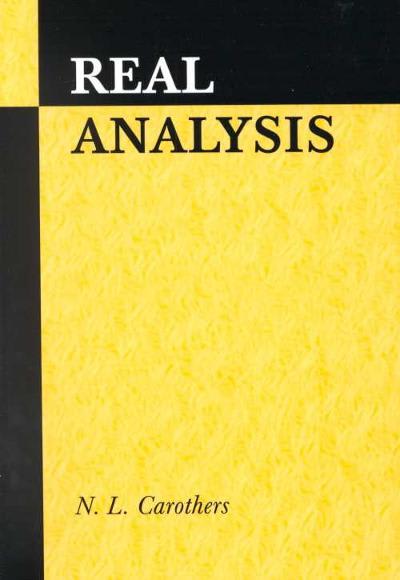Question
1. Use the Central Limit Theorem to find the probability of the indicated event, assuming that the distribution of the population data is unknown. The
1. Use the Central Limit Theorem to find the probability of the indicated event, assuming that the distribution of the population data is unknown.
The average wait time before a customer receives service at a bank on Saturdays is 17 minutes, with a standard deviation of 7 minutes. What is the probability that the average wait time for a random sample of 40 customers is over 20 minutes?
P(X>20)=
2. In a growing industry, the mean number of hours of productivity lost by employees per week due to online social media engagement is 9 hours, with a standard deviation of 1.8 hours.
Note: Assume the population data is normally distributed.
a. What is the probability that an employee will lose more than 11 hours of productivity due to online social media engagement? P(X>11)=P(X>11)= b. What is the probability that 12 employees will lose more than 10 hours of productivity due to online social media engagement? P(X>10)=
3. Waiters at a restaurant chain earn an average of $257 per shift (regular pay + tips) with a standard deviation of $34. For random samples of 35 shifts at the restaurant, within what range of dollar values will their sample mean earnings fall, with 95% probability?Round to the nearest cent
4. If it is appropriate to do so, use the normal approximation to the pp^-distribution to calculate the indicated probability: n=60,p=0.40n=60,p=0.40; P(p<0.50)P(p<0.50) =
Enter 0 if it is not appropriate to do so.
5. A study completed in 2018 found that approximately 1 out of every 20 people have walked out of a restaurant without paying the bill (the dine and dash). A random sample of 130 people is collected.
a. What is the probability that more than 10% of them have walked out of a restaurant without paying? P(p>0.1)P(p>0.1) =
b. What is the probability that less than 3% of them have walked out of a restaurant without paying? P(p<0.03)P(p<0.03) =
c. What is the probability that between 5% and 10% of them have walked out of a restaurant without paying? P(0.05
Step by Step Solution
There are 3 Steps involved in it
Step: 1

Get Instant Access to Expert-Tailored Solutions
See step-by-step solutions with expert insights and AI powered tools for academic success
Step: 2

Step: 3

Ace Your Homework with AI
Get the answers you need in no time with our AI-driven, step-by-step assistance
Get Started


